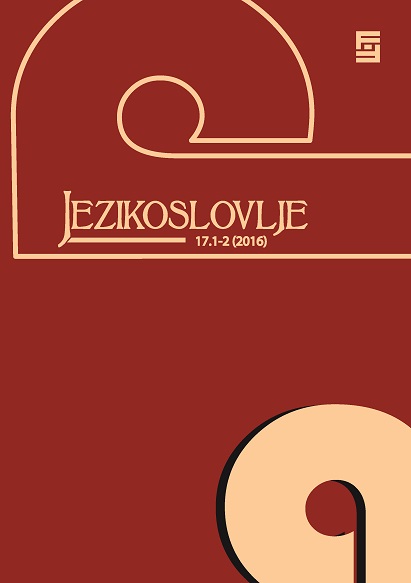Korelativna uporaba pokaznih zamjenica u hrvatskome crkvenoslavenskom jeziku
Correlative use of demonstrative pronouns in Croatian Church Slavonic
Author(s): Milan MihaljevićSubject(s): Syntax, Pragmatics, Historical Linguistics, South Slavic Languages, Philology
Published by: Filozofski fakultet, Sveučilište Josipa Jurja Strossmayera, Osijek
Keywords: demonstrative pronouns; correlation; Croatian Church Slavonic language;
Summary/Abstract: The pronouns onь, ovь, sa and ta can be used pronominally, as heads of NP, as well as pre-nominally, as noun determiners. They can co-occur not only with nouns, but also with sentences, in which case they can be co-referent either with a constituent of a sentence, or with a sentence as a whole. In the first case, they can be in any of three genders. In the second case, only neuter forms of pronouns ovь, sa and ta can occur. In both groups sentences can be separated from pronouns. Unlike German correlative es or English correlative it, they can occur immediately before the sentence, and they can be part of prepositional phrases. This difference can be explained by the fact that they are demonstrative pronouns, whereas English it and German es are personal pronouns. Finally, the author argues that extraposed sentences in Croatian Church Slavonic are not movement derived, but they enter the derivation in their surface position.
Journal: Jezikoslovlje
- Issue Year: XVII/2016
- Issue No: 1-2
- Page Range: 413-427
- Page Count: 15
- Language: Croatian

